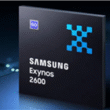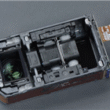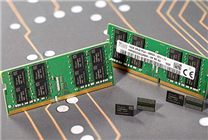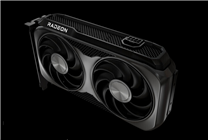The Surge in Memory Prices: What You Need to Know
Summary:
- Memory prices, particularly for DDR4, have skyrocketed in 2023, with costs more than doubling since last year.
- The supply constraints are primarily due to production allocations favoring high-end server DRAM and HBM.
- Major tech companies like Xiaomi are feeling the pinch, resulting in increased costs for new devices.
Since the beginning of 2023, the technology industry has witnessed an unprecedented surge in memory prices, a phenomenon that has left industry professionals astonished. The price trajectory for DDR4 memory, in particular, is a stark illustration of this trend. Observers within the sector have noted that such a prolonged price increase cycle is rare in the memory market.
Rising Costs: A Closer Look
Currently, the price of a 16GB DDR4 memory module has surged to staggering heights. According to research, the cost has jumped from approximately 178 yuan to over 517 yuan—a doubling in value compared to the previous year. This steep rise has led many in the tech community to jokingly refer to standard memory sticks as one of the most successful financial investments of the year.
Factors Contributing to the Price Hike
Several elements are driving this inflation in memory costs. Analysts indicate that manufacturing capacities are being prioritized for high-end products, such as server DRAM and High Bandwidth Memory (HBM). As resources are allocated to these advanced technologies, the supply of more traditional memory options, like DDR4 and LPDDR4X, has diminished. This shortage is expected to persist, potentially extending until the middle of 2026.
Impact on Consumer Electronics
The effect of rising memory prices is being felt across the consumer electronics landscape, specifically in mobile devices. Following the recent release of the Redmi K90 series smartphones, prices for certain models have increased by 100 to 400 yuan compared to previous generations. Xiaomi Group President Lu Weibing has candidly discussed the cost pressures resulting from inflated upstream prices, affirming that these challenges have directly influenced the pricing strategies of their new products.
Weibing has emphasized that they cannot alter the broader global supply chain dynamics, and that rising storage costs have exceeded initial forecasts. Xiaomi’s commitment to transparency aims to foster understanding among consumers regarding these changes.
Future Predictions
Prominent figures in the industry, including Xiaomi founder Lei Jun, have taken to social media to express their concerns about the ongoing price increases in memory. According to various analysts, the anticipated memory costs for new flagship devices next year could rise by an additional 20-30% year-on-year. This situation presents a unique challenge: while consumers may see higher prices, manufacturers hope to counterbalance these costs with high-performance specifications, such as advanced camera technologies.
Conclusion
The dramatic rise in memory prices is reshaping the landscape of consumer electronics and impacting the bottom line for tech companies globally. As supply constraints persist and manufacturers grapple with the repercussions of rising costs, consumers should prepare for a potential increase in prices for new devices. Understanding the nuances behind these market trends is crucial for making informed purchasing decisions in the tech sphere.
In summary, the memory price surge is not merely a fleeting trend; it reflects broader shifts within the industry that could have lasting implications. Keeping an eye on these developments is essential for consumers and industry stakeholders alike.








